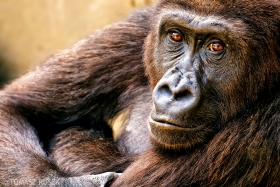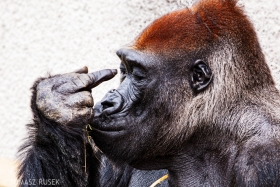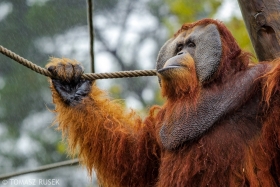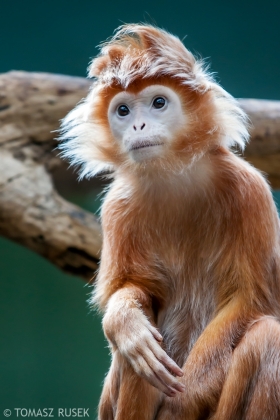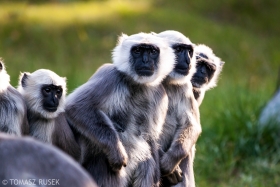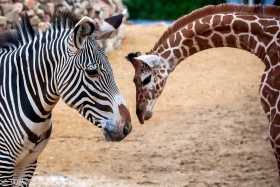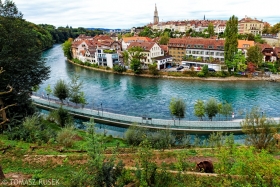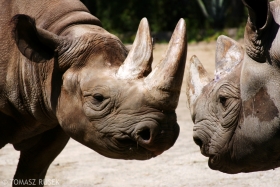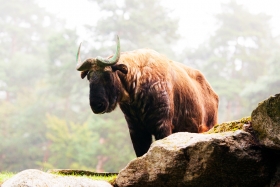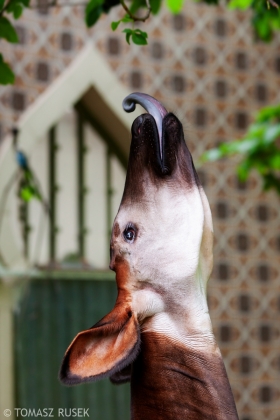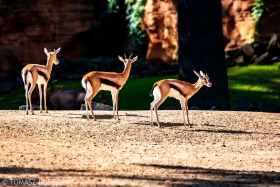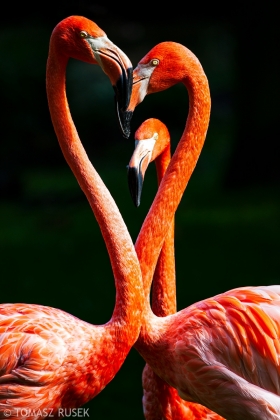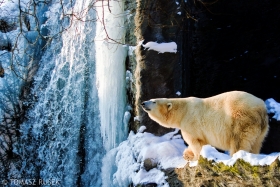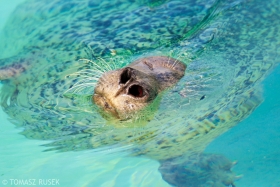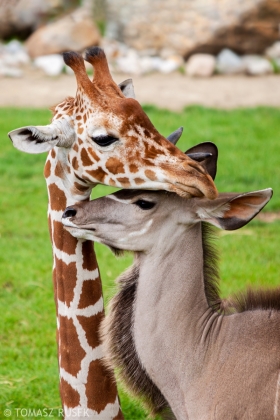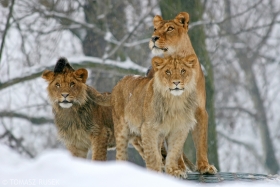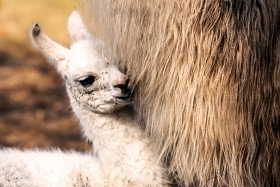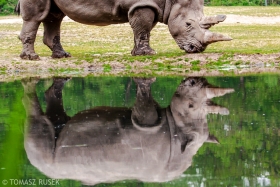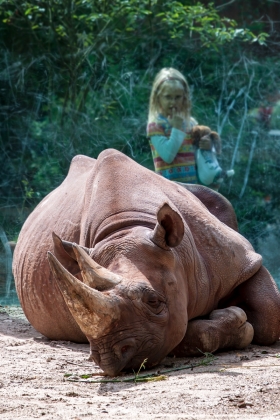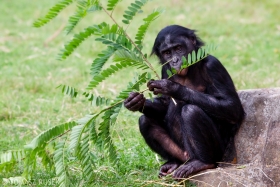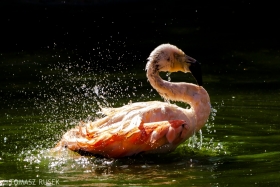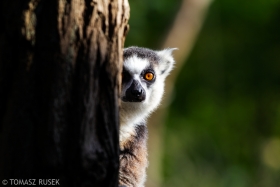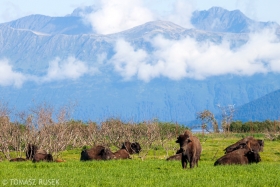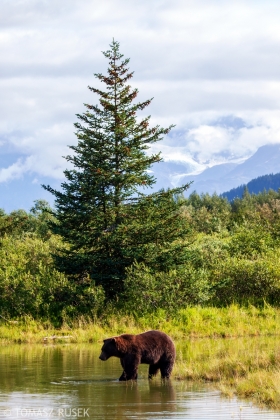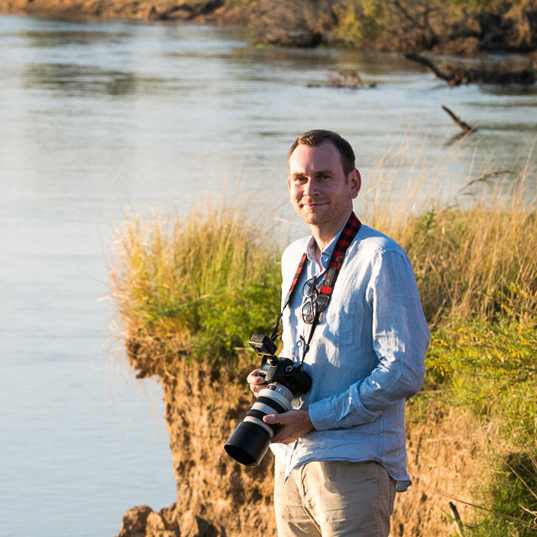Reading this lenghty essay is not required to unlock the photo album. Just scroll down if you’re here for the photos.
1
My adventure with wildlife photography began in zoos. They were places I loved visiting as a kid, then volunteered at and finally joined professionally.
In the meantime, I was lucky to begin traveling to more and less exotic destinations to see and photograph wildlife in its natural environment.
I still enjoy watching and portraying animals in (good) zoos as much as I like observing wildlife in the ‘wild’. They are two different types of experiences.
(I do, by the way, have a problem with the term ‘in the wild’. It is more a romanticized vision than reality: not only are most wildlife reserves fenced and carefully managed, but in general, barely any patch of wild land or water is really free of human-made pressures and dangers anymore.
Some of the dangers are direct and localized, such as farmland in Africa encroaching on corridors that are vital for elephants’ migration in search of food and water. Others, like climate change and pollution, affect wildlife more globally.)
2
In the ‘wild’, the more you immerse yourself in the animal’s environment, the better you can understand the jigsaw puzzle that is biodiversity – and how it comes together.
As for watching the animals themselves, you will know what species they are and you will notice that they are always focused on the ‘here and now’ and on surviving, fully aware of their surroundings. Other than that, they will remain entirely anonymous to us, viewers.
In most cases, we can only guess the animal’s life story. Getting but a fleeing peek into its life leaves so many questions up to our imagination (which I find absolutely fascinating, btw): How old is it? What is it up to when we don’t see it? What challenges does it have to overcome in the course of its life…?
Most of the photos I take in the ‘wild’ are indeed portraits of anonymous animals, save for some well-studied populations (e.g., the orcas of the Pacific North-West) or animals in some of the smaller reserves.
As a result, my memories of these encounters are much more often memories of the genius loci – of the place and its atmosphere – than of the individual animal.
3
The opposite is true for the album below. In a zoo, all the answers about the individual animal are served to us. It’s very easy to ‘zoom in’ and make memories of the animal, its behaviour as we see it in front of us and its life facts as we read them on the info sign.
The animal’s far-away natural environment and the conservation context of its life in the zoo are much more elusive: we will only see them if we ‘zoom out’.
For some of the animals below, the zoo is their last refuge before extinction, with their feeble wild populations on the brink of disappearing. For some, the prospect is more optimistic: their species are rebounding in protected areas that have been saved from further destruction. In many cases, this rebounding is supported by zoo-based conservation and even by animals being reintroduced from zoos back to the ‘wild’.
Those reintroductions are usually the most headline-making result of zoo conservation. Yet, they are just a fraction of the story, and they are not always necessary, desirable or possible – or not possible yet, when the natural habitat is still unstable, biologically or politically.
For me, however, the greatest potential of the modern zoo is somewhere else: it’s in guiding the visitor to ‘zoom out’ and not only admire the individual animal but also appreciate nature as a whole and see the bigger picture. A picture in which the visitor’s everyday decisions, as a citizen and consumer, make a huge impact on nature.
